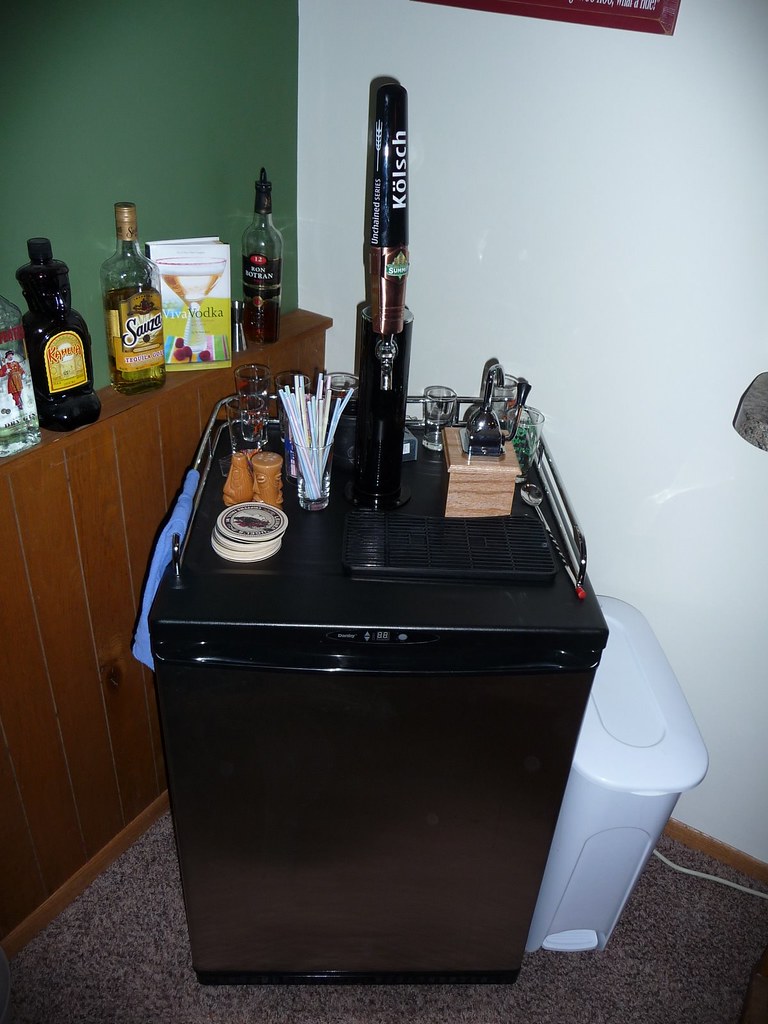elmetal
Well-Known Member
it doesn't have to be dissolved in the liquid. if you have a corny keg with air you have 0 volumes of co2. if you have 1 volume of co2, you essentially have the keg filled with co2 and no pressure.
I don't know exactly what you would want but the oxidation in the ale is a good thing, but not for more than like a week. but if you use co2 to push then it's not realistic
but if you could get a way to remove air and replace with co2 on pumps.
can the pump pump co2 from a filled corny instead of using air and use it that way?
like pump co2 from empty corny with co2 and replace the beer in the beer corny with co2 from corny number2?
god I'm confused.,
I don't know exactly what you would want but the oxidation in the ale is a good thing, but not for more than like a week. but if you use co2 to push then it's not realistic
but if you could get a way to remove air and replace with co2 on pumps.
can the pump pump co2 from a filled corny instead of using air and use it that way?
like pump co2 from empty corny with co2 and replace the beer in the beer corny with co2 from corny number2?
god I'm confused.,











